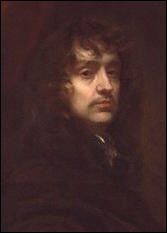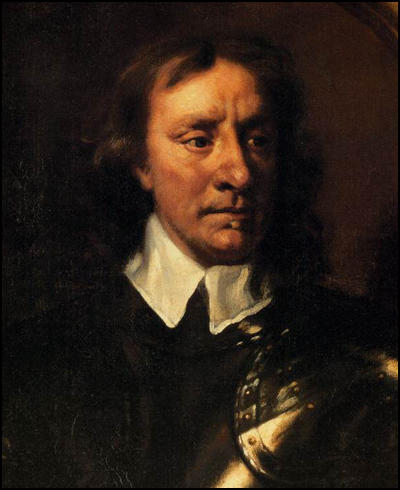Sir Peter Lely

Peter Lely, the son of Johan van der Faes, a military officer stationed abroad, was born at Soest in Westphalia in 1618. His mother, Abigail van Vliet, was from a wealthy and respectable Utrecht family. It is believed that he took the name Lely from " the carved decoration of a lily" on one of the family owned properties. (1)
Lely studied art in Haarlem under the artist, Pieter de Grebber, before moving to London in about 1641. At first he worked for the successful portrait painter and picture dealer George Geldorp. According to Bainbrigg Buckeridge, Lely soon found "the practice of Face-Painting more encouraged here" and therefore became a portrait painter and "in a short time, he succeeded so well that he surpassed all his contemporaries in Europe". (2)
In 1647, Lely was made a freeman of the Painter–Stainers' Company in London, he painted a group portrait of the children of Charles I. His biographer, Diana Dethloff, has argued that the work is influenced by Anthony Van Dyck. (3)
During the English Civil War Peter Lely work for the royal family came to an end. In 1653 he petitioned parliament for the commission to decorate Whitehall Palace with a series of paintings celebrating parliament's civil war victories and inset with portraits of its generals and commanders. This idea was rejected, maybe because of his links to the King.
In 1657 Lely was commissioned to paint Oliver Cromwell who it is claimed said to him "use all your skill to paint my picture truly like me and not flatter me at all. Remark all these roughness, pimples, warts and everything as you see me. Otherwise I’ll never pay a farthing for it." (4)

However, Cromwell was much more likely to use artists such as Samuel Cooper who was responsible for more paintings of Cromwell than any other artist. (5) Cooper would present him "plain both in character and in clothing". It has been pointed out that plainness had a political purpose, presenting Cromwell as a "sober, honest alternative to the tradition of royal vanity, excess and arrogance he’d just replaced". (6)
In 1658 Lely was described by the historian William Sanderson as one of the seven "English Modern Masters" of note in portrait painting. (7) After the death of Cromwell he was employed by Charles II upon his acquisition to the throne in 1660. The following year he became the king's principal painter and was granted an annual pension of £200. He was also exempted from paying local taxes on his house.
According to Diana Dethloff, during the "Restoration career Lely dominated court portraiture. Other artists' work was often judged in the context of his or Van Dyck's, with many contemporaries regarding Lely as the latter's natural successor, especially from the way Lely presented himself in his self-portraits, the lavish lifestyle he adopted, and the way he ran his studio." (8)
Sir Peter Lely died on 30th November, 1680.
Primary Sources
(1) John Murdoch, Samuel Cooper : Oxford Dictionary of National Biography (2004-2014)
By the mid-1640s he (Samuel Cooper) was adapting himself and his style successfully to suit the prevailing conditions of patronage in London during the civil wars and interregnum, building a reputation for good likenesses, brilliant execution, and great personal charm. His ‘parliamentary’ output - portraits of men in armour usually against a dark background, and women whose tenue remained relatively unaffected by the circumstances of war - culminated in the paintings of Oliver Cromwell in the early 1650s...
Student Activities
Portraits of Oliver Cromwell (Answer Commentary)
